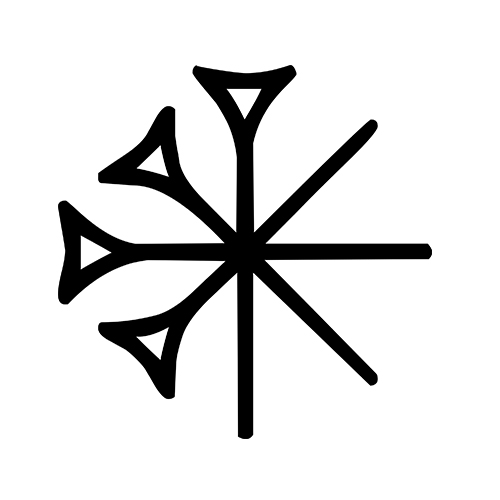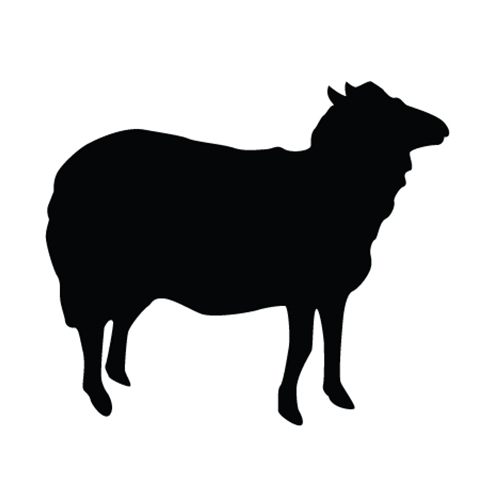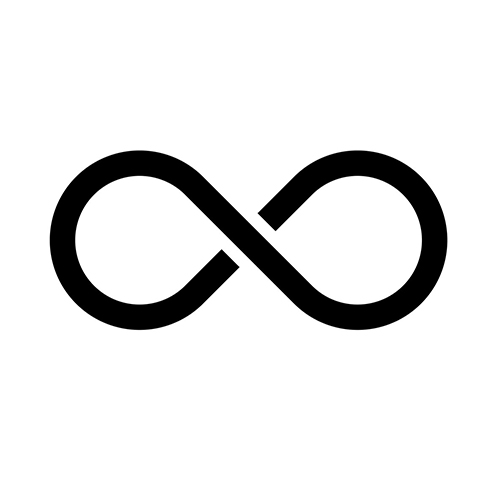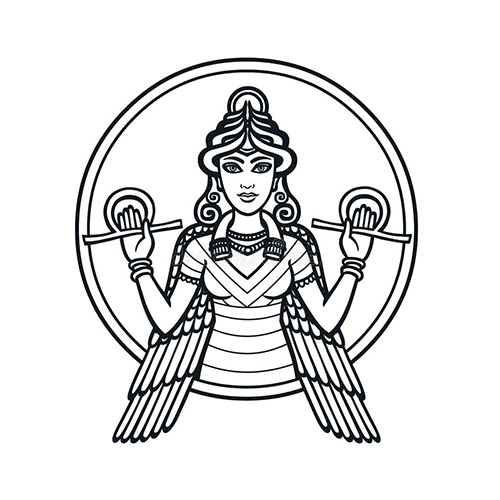About this deity
Enki is the son of An (Anu), and a member of the Anunnaki, the main seven deities of the Sumerian pantheon. Enki is one of the most powerful figures within Sumerian mythology.
Also known as
Parent belief system
 Sumerian Religion · Polytheistic · 7 mythsexpand_lessSumerian religion refers to spiritual beliefs practiced from ca. 4500-1900 BCE in Mesopotamia, or modern-day southern Iraq. Many deities were diffused into other Mesopotamian cultures.
Sumerian Religion · Polytheistic · 7 mythsexpand_lessSumerian religion refers to spiritual beliefs practiced from ca. 4500-1900 BCE in Mesopotamia, or modern-day southern Iraq. Many deities were diffused into other Mesopotamian cultures.
Top myths
 | | | | |
| Epic of Gilgamesh (OBV) | Gilgamesh, Enkidu, and the Netherworld | Epic of Ziusudra | Debate Between Sheep and Grain | |
| Hero myth | Afterlife myth | Creation, Flood myth | Creation myth | |
| Unknown author | Unknown author | Unknown author | Unknown author | |
| Read myth | Read myth | Read myth | Read myth | |
| More myths | ||||
Enki in Mesopotamian iconography
Enki was oftentimes associated with water and fish, as they represented wisdom. His iconography thus pictured him around water and marine life.[1] In addition, he was associated with magic and spells. In other cases, he was displayed as a bearded man with long hair, a beard, and a traditional robe. This characterization was most common in Enki's general cult city of Eridu.[2]
Cult cities of Enki
Enki had a temple at Eridu, one of his main cult cities. The temple was often called E-Abzu or Abzu House.
"E-abzu (`Abzu House') was the temple of Enki
at Eridu. According to Sumerian tradition,
Eridu was the first city and the E-abzu the oldest
shrine. Excavations conducted at the site,
Abu Shahrain in southern Iraq, have uncovered
a long sequence of superimposed temples beginning
probably in the fifth millennium BC and demonstrating
gradual elabororation of temple construction." [3]
Moreover, Eridu was one of the first cities attested in the earliest Sumerian creaion myths.[4]
mia and other areas of the ancient
Near East.
Ea: see Enki.
E-abzu
E-abzu (`Abzu House') was the temple of Enki 97
at Eridu. According to Sumerian tradition,
Eridu was the first city and the E-abzu the oldest
uncoveredxcavations
conducted at the site,
Abu Shahrain in southern Iraq, have unmillenniumong
sequence of superimposed
t
elaborationning
probably in the fifth millennium
BC and demonstrating gradua
Notes
Mythological stories including Enki
 Epic of Gilgamesh (OBV) Hero myth
Epic of Gilgamesh (OBV) Hero mythNuthsell
Sit tight. More information about this is coming soon.
 Gilgamesh, Enkidu, and the Netherworld Afterlife myth
Gilgamesh, Enkidu, and the Netherworld Afterlife mythNuthsell
While Enki was saling, the south wind uprooted a single ḫalub tree on the bank of the Euphrates river. A woman found it, planted it in Inanna's garden, and watered it by only using her feet; it grew massive after ten years. Inanna wanted to use it for a chair, but its bark would not break. Inanna cried and asked her brother, Gilgameš, to do it. Gilgameš cut the tree with his strength and also made a powerful mallet from its branches. During a game, both the ball and the mallet fell down into the netherworld. When Gilgameš could not recover items, his servant Enkidu offered to retrieve it. Enkidu became trapped there. Gilgameš asked Enki and Enlil to rescue Enkidu, but without success. Utu, however, obliged and made a hole for Enkidu to return. Gilgameš rejoiced and asked Enkidu how different kinds of people fare in the netherworld, ending the poem.
 Epic of Ziusudra Creation, Flood myth
Epic of Ziusudra Creation, Flood mythNuthsell
The Sumerian deities An, Enlil, and Enki created the "black headed people," the animals, and assigned the cities among the deities. Eridug was given to Nudimmud, the leader. Ziusudra, a Sumerian king, is told that a flood will sweep over the land: "A decision that the seed of mankind is to be destroyed has been made." This was announced by An and Enlil. A huge boat is constructed and it withstands the rain and wind for seven days and seven nights. When the chaos ended, Utu, the sun deity, showed himself and entered the boat, whereby Ziusudra sacrified oxen and offered sheep to him. As the animals disembarked off of Ziusudra's boat, An and Enlil treated Ziusudra kindly and granted him eternal life in "the land Dilmun" because he preserved the seed of mankind.
 Debate Between Sheep and Grain Creation myth
Debate Between Sheep and Grain Creation mythNuthsell
Sit tight. More information about this is coming soon.
 The Song of the Hoe Creation myth
The Song of the Hoe Creation mythNuthsell
Sit tight. More information about this is coming soon.
 Epic of Gilgamesh (SBV) Prestige, Hero myth
Epic of Gilgamesh (SBV) Prestige, Hero mythNuthsell
Gilgamesh is the king of Uruk and has a track record of terrorizing his own people. The people cry out to the supreme deity Anu, who creates a twin of Gilgamesh named Enkidu. Enkidu sets out for Gilgamesh, finds him, and they become friends after a brawl. The two journey together, whereby Enkidu dies. Gilgamesh tries to become an immortal with the help of a plant, but fails. The story ends with Gilgamesh realizing that his destiny is to be a good king to his people.
 Inanna's Descent to the Netherworld Afterlife myth
Inanna's Descent to the Netherworld Afterlife mythNuthsell
Inanna descends from the great above to the great below. She abandons several temples and heads for open country. She gives precise instructions to her companion—Ninsubur: Inanna says "if I don't return in three days, go to the temples and plead on my behalf." At the netherworld she enters and goes through seven gates before she is turned into a corpse. Ninsubur follows the instructions and tells Inanna's father Enkil what happened. He helps her by sending two a-sexual creatures to sneak in and bring her back to life. Once Inanna is alive she ascends while being escorted by demons from the netherworld. The demons allow her to trade her husband Dumuzi in her place.
Cite this page
OMNIKA Foundation Contributors. "Enki." OMNIKA – World Mythology Index, OMNIKA Foundation, 23 Jul. 2019, omnika.org/stable/226. Accessed 24 Dec. 2025.
OMNIKA (2019, July 23). Enki. Retrieved from https://omnika.org/stable/226
OMNIKA Foundation Contributors. "Enki." Las Vegas, NV: OMNIKA Foundation. Created July 23, 2019. Accessed December 24, 2025. https://omnika.org/stable/226.






